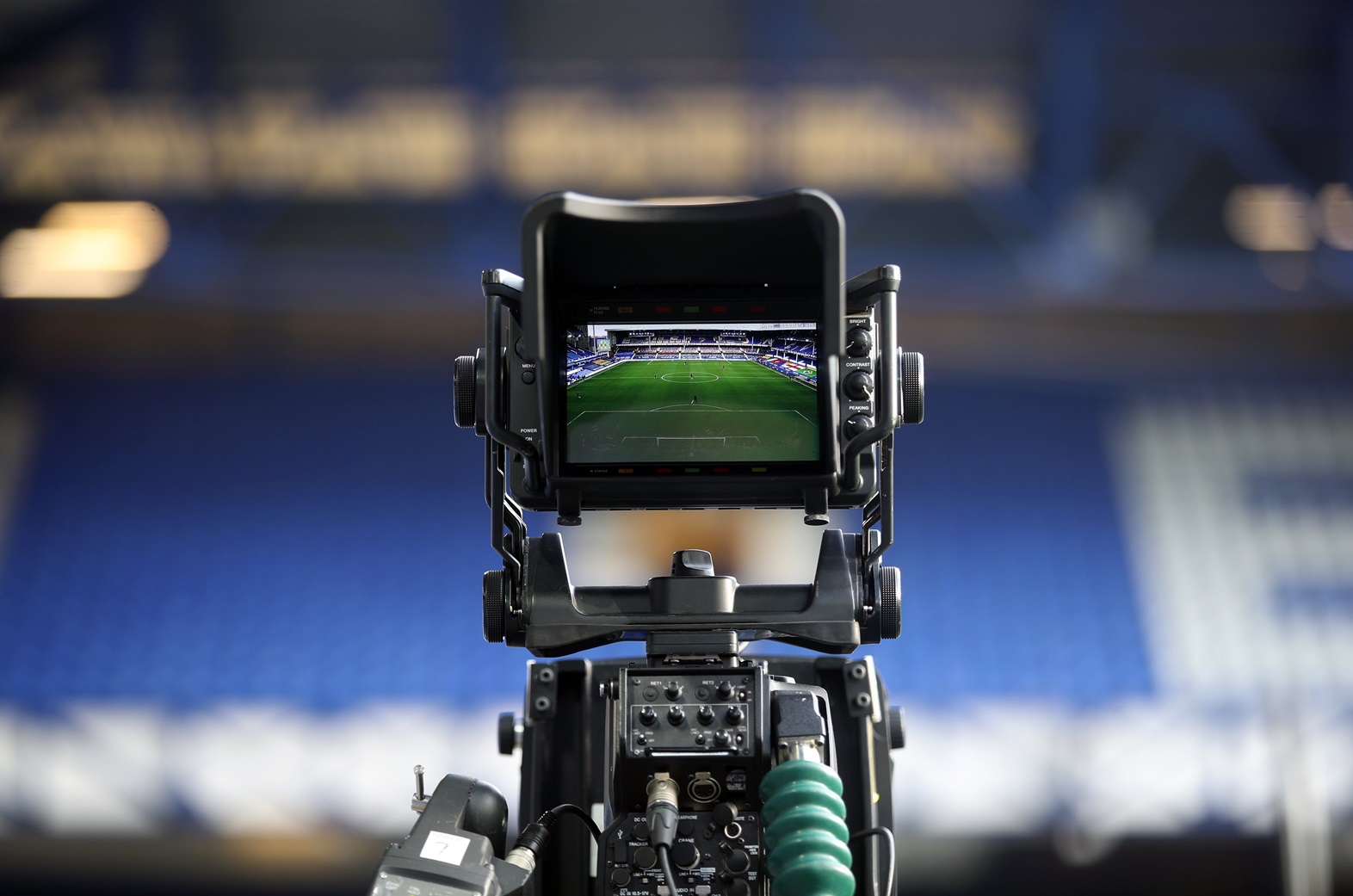Sports broadcasting has come a long way since its inception, evolving from radio broadcasts to live television coverage and now to online streaming services. The evolution of sports broadcasting has been shaped by advances in technology, changes in consumer behavior, and the increasing demand for high-quality content.
One of the key milestones in the history of sports broadcasting was the first live radio broadcast of a sporting event. This groundbreaking moment occurred on April 11, 1921 when KDKA in Pittsburgh aired a boxing match between Johnny Dundee and Johnny Ray. This historic broadcast paved the way for future sports coverage on the radio and laid the foundation for what would become a multibillion-dollar industry.
The next major development in sports broadcasting came with the advent of television. In 1939, NBC aired the first televised baseball game between Princeton and Columbia, marking the beginning of a new era in sports media. Television brought fans closer to their favorite teams and players, allowing them to watch games from the comfort of their own homes.
Over time, advancements in technology have revolutionized how sports are broadcasted. High-definition cameras, instant replay systems, and state-of-the-art graphics have enhanced viewers’ experience and made watching sports more immersive than ever before. The MLB중계사이트 introduction of cable television also played a significant role in expanding access to sporting events across different channels.
In recent years, online streaming services such as ESPN+ and DAZN have further disrupted traditional sports broadcasting models. These platforms offer fans unprecedented access to live games, original programming, and exclusive content that cannot be found anywhere else. With just a few clicks or taps on their smartphones or tablets, fans can tune into any game or match happening around the world.
The rise of social media has also had a profound impact on how sports are consumed and shared with audiences worldwide. Platforms like Twitter, Facebook, Instagram, and YouTube have become essential tools for athletes, teams, leagues,and broadcasters to engage with fans in real-time during games through highlights,replays,and interactive polls.
As we look towards the future,the boundaries of sports broadcasting continue to be pushed even further.Technologies such as virtual reality,augmented reality,and artificial intelligence are poised to revolutionize how we experience sporting events,making it possible for fans to feel like they’re right there on the field or court alongside their favorite players.The possibilities are endless,and one thing is certain:sports broadcasting will continue to evolve at an unprecedented pace,breaking boundaries alongthe way.

